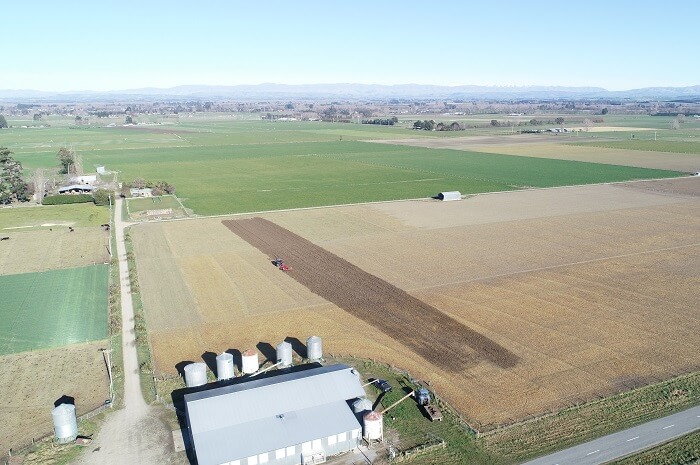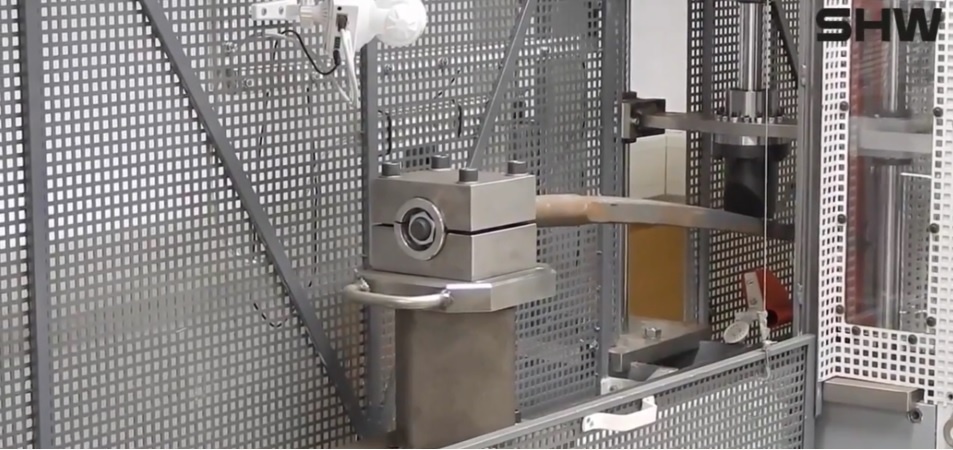Health and safety is steadily improving on New Zealand farms as the agriculture sector pays more and more attention to eliminating or minimising risk. “She’ll be right” is being replaced by “Do it right”, and that shift in attitude is making a difference in the statistics. Keeping that momentum going in 2019 is the aim of industry leaders and health and safety regulator Work Safe. One initiative that should really help is SafeFarm, a health and safety app developed by farm management software company FarmIQ with backing from sector co-operative Farmlands.
In this blog, we take a look at the app and discuss ways to help improve health an safety on your farm.
SafeFarm application driving farm safety
The SafeFarm app was launched last year and can be accessed free by Farmlands shareholders. It enables users to record data such as on-farm hazards and how to reduce or eliminate them, lessons from previous health and safety incidents, and where emergency equipment is kept.
As well as helping to keep farmers, their families and staff and farm visitors safe, the app makes health and safety compliance easier and more routine. While the app is useful to help you stay compliant, there is still a lot you can do on your own to ensure you're staying compliant with health and safety regulations on your farm.
Safety hazards to look out for on your farm
WorkSafe provides lots of information through its website and elsewhere on how to keep safe on farms. The key points are the need first of all to identify all the significant hazards on your farm. Examples of these are plant and machinery, natural hazards such as steep terrain or ponds and streams, and hazards that come from dealing with stock, such as kicks or crushing.
Once identified, hazards need to be eliminated if at all practicable. If not, they need to be minimised. The hazards and how to control them need to be recorded in a register, and then monitored regularly. Any incidents also need to be recorded and then evaluated to see how the controls can be improved.
Checking and maintaining plant and machinery so that it is always safe to use is an essential part of a farm health and safety plan. That includes making sure roll-over protection and other health and safety aids such as guards and restraints are in place and up to spec. Regularly maintaining farm machinery is a good way to keep up with the latest health and safety technology.
Quick wins to be safer on the farm
It's understandable that it can take time and money to get compliant with the health and safety regulations. However, there are a couple of quick strategies to improve your standards right now.
First, all farm vehicles should be equipped with a fire extinguisher and first aid kit. Hydraulic hoses and electrical cables need to be checked regularly for cracks and other signs of wear.
Good health and safety also includes simple decisions like clothing. Wearing loose clothing around equipment or work areas means you're at risk of getting entangled. Any decent safety plan will include what personal protective equipment a particular job requires, such as safety eyewear, hearing protection, gloves or face masks. If you need it, you should wear it.
Working alone is also a hazard, particularly around animals, machinery, grain bins or silage storage areas. In such instances, you should always have someone with you to keep an eye out for hazards and to raise the alarm if anything goes wrong. If you have livestock, be aware of their mood and temperament, particularly around breeding and birthing times, or if they are in pain or discomfort. Expect the unexpected.
New Zealand farms are getting safer, thanks to increased awareness and a growing commitment to doing things right. Farmers are identifying hazards and doing their best to eliminate or minimise them, and that is making a difference. Everyone involved in the sector will benefit from keeping that momentum going through 2019.
Quality equipment
Whether at home or on the farm it can be tempting to make purchase decisions on price over quality. Higher quality equipment will always require more investment outlay, but in the medium to long term it will pay for itself in reduced downtime, longer service life and even help with farm safety! High quality components in Rata gear such as the SHW bale and silage tines help to keep bale and feed handling safe and reliable with parts that are made and tested to high standards. Read more about the bale and silage tine manufacture and testing process
Using the right tool for the job can make your jobs safer, find the right attachment for your need here: Attachments that get the job done



.webp)